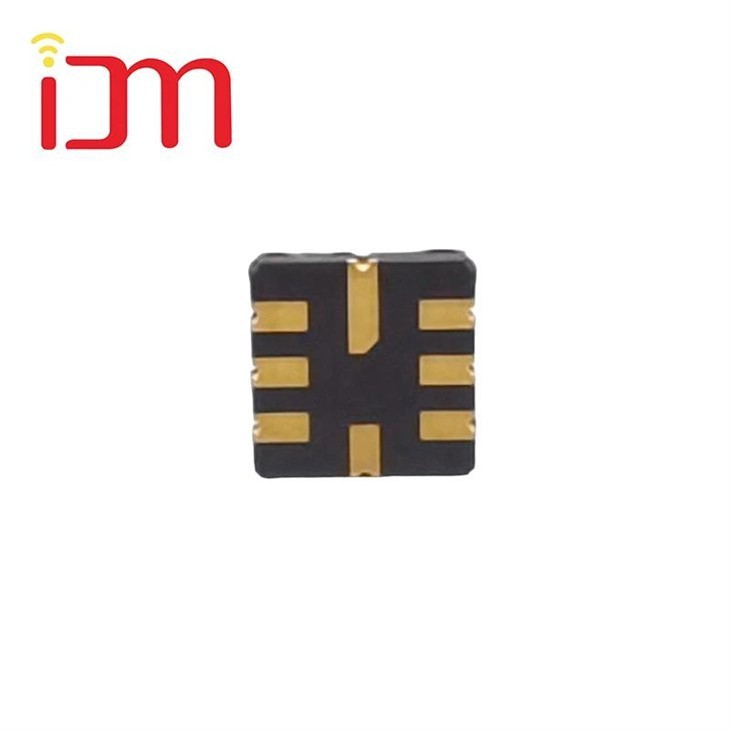Hey there! As a supplier of formaldehyde sensors, I often get asked if our sensors can be used in a leather factory. Well, let's dive right into this topic and find out.
First off, let's talk about why formaldehyde is an issue in leather factories. Leather production involves a series of chemical processes. One of the common steps is tanning, where chemicals are used to convert raw hides into leather. Formaldehyde is sometimes used in these processes as a preservative and to help with dyeing and finishing. However, formaldehyde is a well - known carcinogen and can cause a range of health problems, including eye, nose, and throat irritation, as well as more serious long - term health issues like cancer.
Now, the question is, can our formaldehyde sensors really work in a leather factory? The answer is a big yes! Our sensors are designed to accurately detect formaldehyde in various environments, and a leather factory is no exception.
Let's take a look at two of our top - selling sensors. First is the Electrochemical Formaldehyde Gas Sensor SMD1001E. This sensor uses electrochemical technology. It works by having a chemical reaction between formaldehyde and a sensing electrode. When formaldehyde molecules come into contact with the electrode, a current is generated. The magnitude of this current is proportional to the concentration of formaldehyde in the air.
In a leather factory, there are many factors that could potentially affect the sensor's performance. For example, there might be other chemicals in the air, like solvents used in the dyeing process. But the SMD1001E is designed to be highly selective. It can distinguish formaldehyde from other gases, so it can give you an accurate reading even in a complex chemical environment.
Another great option is the MEMS Formaldehyde Gas Sensor SMD1001. MEMS stands for Micro - Electro - Mechanical Systems. This sensor uses a tiny micro - structure to detect formaldehyde. It's small, lightweight, and very energy - efficient.
In a leather factory, space can be a constraint, especially in areas where the sensors need to be installed close to the production line. The SMD1001 is a great fit because of its small size. It can be easily integrated into existing monitoring systems. And despite its small size, it has a high sensitivity. It can detect even low levels of formaldehyde, which is crucial in a leather factory to ensure the safety of workers and the quality of the leather products.
Let's also talk about the durability of our sensors. Leather factories are often noisy, dusty, and have high humidity levels. Our sensors are built to withstand these harsh conditions. They have a robust housing that protects the internal components from dust and moisture. And they are calibrated to work accurately even in high - humidity environments.
Now, let's get into the benefits of using our formaldehyde sensors in a leather factory. First and foremost, it's all about safety. By continuously monitoring the formaldehyde levels in the air, factory managers can ensure that the workers are not exposed to dangerous levels of this harmful chemical. This can significantly reduce the risk of health problems among the workers.
Secondly, it's about quality control. High levels of formaldehyde in the leather can affect its quality. It can cause discoloration, a bad smell, and even affect the strength and texture of the leather. By using our sensors to monitor formaldehyde levels during the production process, manufacturers can make adjustments to the production parameters to ensure that the leather meets the quality standards.
Another benefit is compliance. There are strict regulations regarding formaldehyde emissions in many countries. Using our sensors can help leather factories comply with these regulations. This can prevent costly fines and legal issues.
But how do you install and use our sensors? It's actually quite simple. Our sensors come with detailed installation instructions. You can either install them yourself or hire a professional to do it. Once installed, the sensors will start collecting data. You can connect them to a monitoring system, which can display the formaldehyde levels in real - time. You can also set up alerts so that if the formaldehyde levels exceed a certain threshold, you'll be notified immediately.
In conclusion, our formaldehyde sensors are a great solution for leather factories. They are accurate, selective, durable, and easy to use. Whether you're concerned about worker safety, product quality, or regulatory compliance, our sensors can help you achieve your goals.
If you're a leather factory owner or manager, and you're interested in learning more about our formaldehyde sensors or would like to start a purchase negotiation, don't hesitate to reach out. We're here to help you find the best sensor solution for your specific needs.


References
- Textbooks on gas sensor technology
- Industry reports on formaldehyde emissions in leather factories
